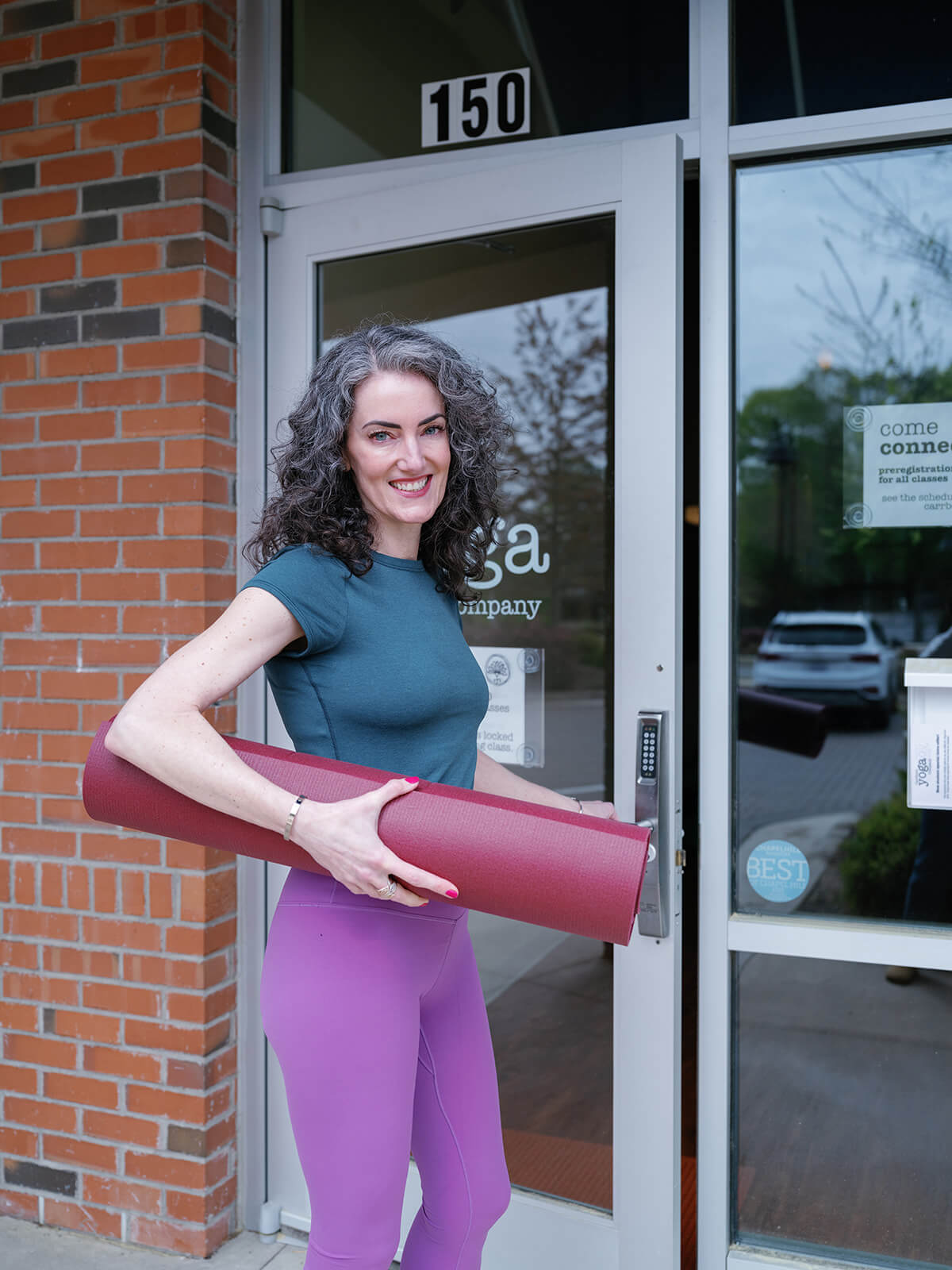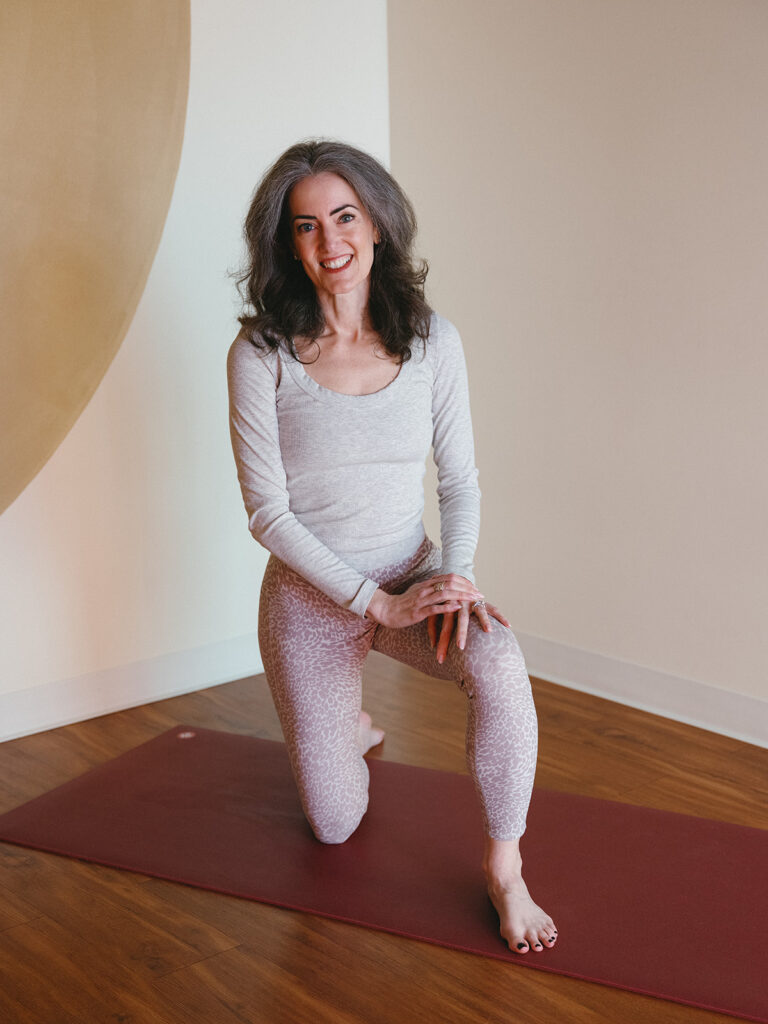Realizing You’ve Hit a Plateau
At some point in your teaching career, you’ll probably recognize this feeling: your classes are going smoothly, students are consistent, and your schedule feels full. You’ve found a rhythm. But underneath the steadiness, there’s an itch—a sense that you’re no longer growing.
That’s the hallmark of what I call a teaching plateau. It’s that moment when competence becomes comfort, and comfort begins to feel a little too safe. The good news? This isn’t a problem to fix—it’s an opportunity to evolve.
In the Yoga Teacher Success Timeline, this stage is Phase Three: The Professional Development Zone. It’s where you move from surviving to strategizing, from simply delivering classes to shaping a sustainable teaching career.
Understanding Phase Three: The Professional Development Zone
Phase Three is the point in your journey where teaching finally feels sustainable. You’re no longer panicking about what to teach or worrying whether students will show up. You’ve developed skill, consistency, and presence. But now you’re ready for more.
The challenge is that “more” isn’t always clear. You might want to specialize, increase your income, or design workshops—but you don’t yet know how to start. The risk here isn’t burnout; it’s inertia. Without fresh challenges, your teaching can start to feel repetitive.
Recognizing that you’ve reached this stage is a milestone in itself. It means you’ve built a foundation strong enough to support your next evolution.
The Hallmarks of Phase Three
How do you know you’re in Phase Three? Here are a few signs:
- You have regular students who seek out your classes specifically
- Teaching feels smooth but maybe too predictable
- You want to deepen your knowledge or develop a niche
- You’ve realized that teaching group classes alone won’t pay the bills
- You’re thinking about workshops, private sessions, or retreats but aren’t sure where to start
If that sounds familiar, you’re right on track. You’re not stuck—you’re ready for strategic growth.
From Surviving to Strategizing
In the early stages of teaching, success means surviving—making it through each class, finding your voice, and building confidence. In Phase Three, the focus shifts to strategy.
This is where you start treating your teaching like a career, not a hobby. You’re still in love with teaching, but you’re also thinking about how to make it sustainable and financially viable. The key challenge now is choice overload. There are so many possibilities—workshops, advanced trainings, online courses, niche specialties—that it can feel overwhelming.
The solution is to pause, step back, and design a clear plan. You don’t have to do everything at once. In fact, the teachers who thrive at this stage are the ones who focus deeply on one strategic direction at a time.
Why Plateaus Are Launching Pads
Here’s a mindset shift that can change everything: a plateau isn’t a wall; it’s a platform.
Plateaus give you stability. They’re the moment in your professional life when you’ve developed enough mastery to take bigger, more intentional risks. You’re grounded enough to experiment without fear of collapse.
When you see your plateau as a launching pad, you begin to make decisions from curiosity, not panic. You explore, refine, and expand from a foundation of confidence.
The Power of Specialization
One of the most transformative steps you can take in Phase Three is specializing. Specialization doesn’t mean excluding—it means clarifying.
Ask yourself:
- Who do I love working with most?
- What kinds of students light me up?
- What problems am I uniquely positioned to help solve?
For me, that answer was athletes. Early in my teaching career, I felt drawn to bridging yoga and sports performance. I started by offering a free workshop for runners at a local running store. That single workshop eventually grew into my signature Teaching Yoga to Athletes program and an entire niche I never could have predicted.
Your specialty might be yoga for beginners, prenatal yoga, seniors, or stress relief. Whatever it is, start small. Teach one workshop. Test your ideas. Let success grow organically from there.
Monetizing Your Expertise
Phase Three is also where you learn to value your knowledge differently. Early on, you were paid for your time—usually by the class. Now, it’s time to think about pricing based on value, not minutes.
When you create workshops, private sessions, or online courses, you’re packaging your expertise, experience, and insight into something tangible. That’s worth far more than the hourly rate of a drop-in class.
You don’t need to be the world’s leading expert to start charging for your specialty—you just need to be a few steps ahead of the people you serve.
Marketing Yourself Authentically
If marketing feels uncomfortable, remember this: marketing isn’t bragging—it’s connecting.
Authentic marketing starts with clarity. Who are you serving, and how can you help them? When I started teaching yoga for athletes, I wasn’t selling yoga; I was solving a problem. My message wasn’t “come do yoga with me,” but “learn how yoga can make you a stronger, more balanced athlete.”
That kind of authenticity draws people in. It’s not about selling—it’s about helping the right students find you.
Building Systems for Sustainability
Phase Three is the time to build systems that support your teaching long-term. That might mean:
- Developing workshop templates you can repeat or adapt
- Creating a simple email list to stay in touch with students
- Recording on-demand content to expand your reach
- Setting boundaries around your schedule and pricing
Systems free you to focus on what you love—teaching—without feeling like you’re constantly hustling.
Action Steps to Move Forward
If you recognize yourself in Phase Three, here are a few concrete ways to build momentum:
- Develop your first workshop. Pick a topic that excites you and plan a 2–3 hour session for your current students.
- Set baseline pricing. Research what others charge and price confidently for the value you bring.
- Start an email list. Build direct relationships with students who already love your teaching.
- Connect with other professionals. Partner with physical therapists, massage therapists, or trainers who share your audience.
- Choose trainings strategically. Don’t collect certificates—choose the ones that align with your long-term goals.
If you’d like structured guidance in doing this, my Workshop Workbook is designed to walk you through every step of creating, pricing, and marketing your first workshop.
Evolving with Focus
The biggest trap in Phase Three is spreading yourself too thin. Success here isn’t about doing everything—it’s about doing the right things.
Pick one area of focus—workshops, private sessions, or a specific niche—and go deep. Build confidence, gather feedback, and let your next steps evolve naturally.
Remember: your teaching journey isn’t linear. Each phase prepares you for the next. A plateau doesn’t mean you’re done growing—it means you’ve built the foundation for something new.
If you’re ready to move from surviving to strategizing, you’ll find this week’s Yoga Teacher Confidential episode especially grounding. Listen here:


